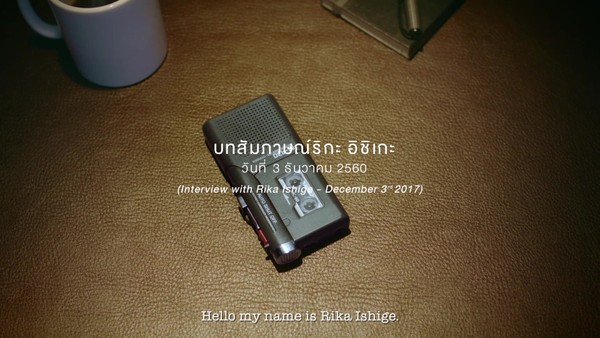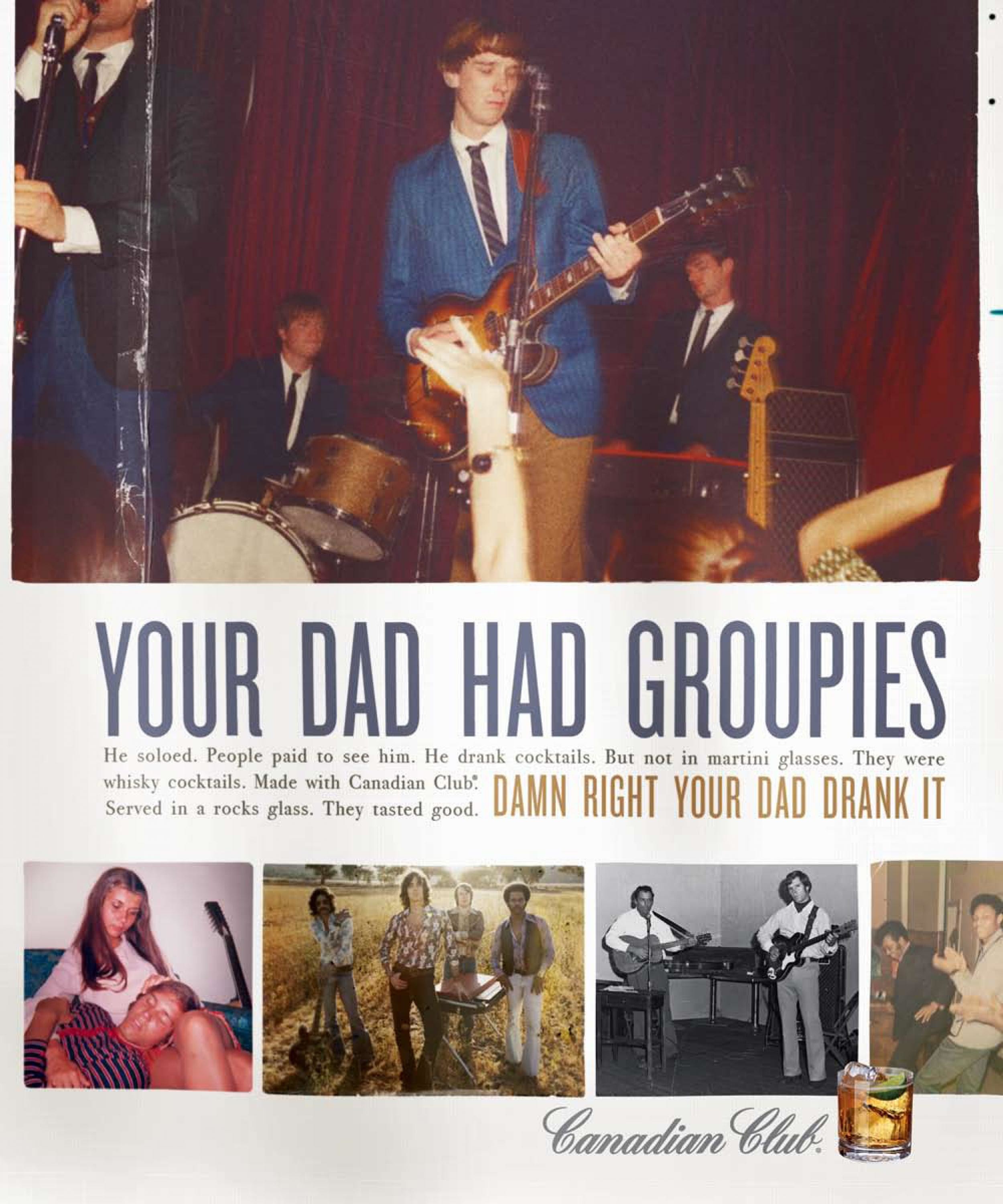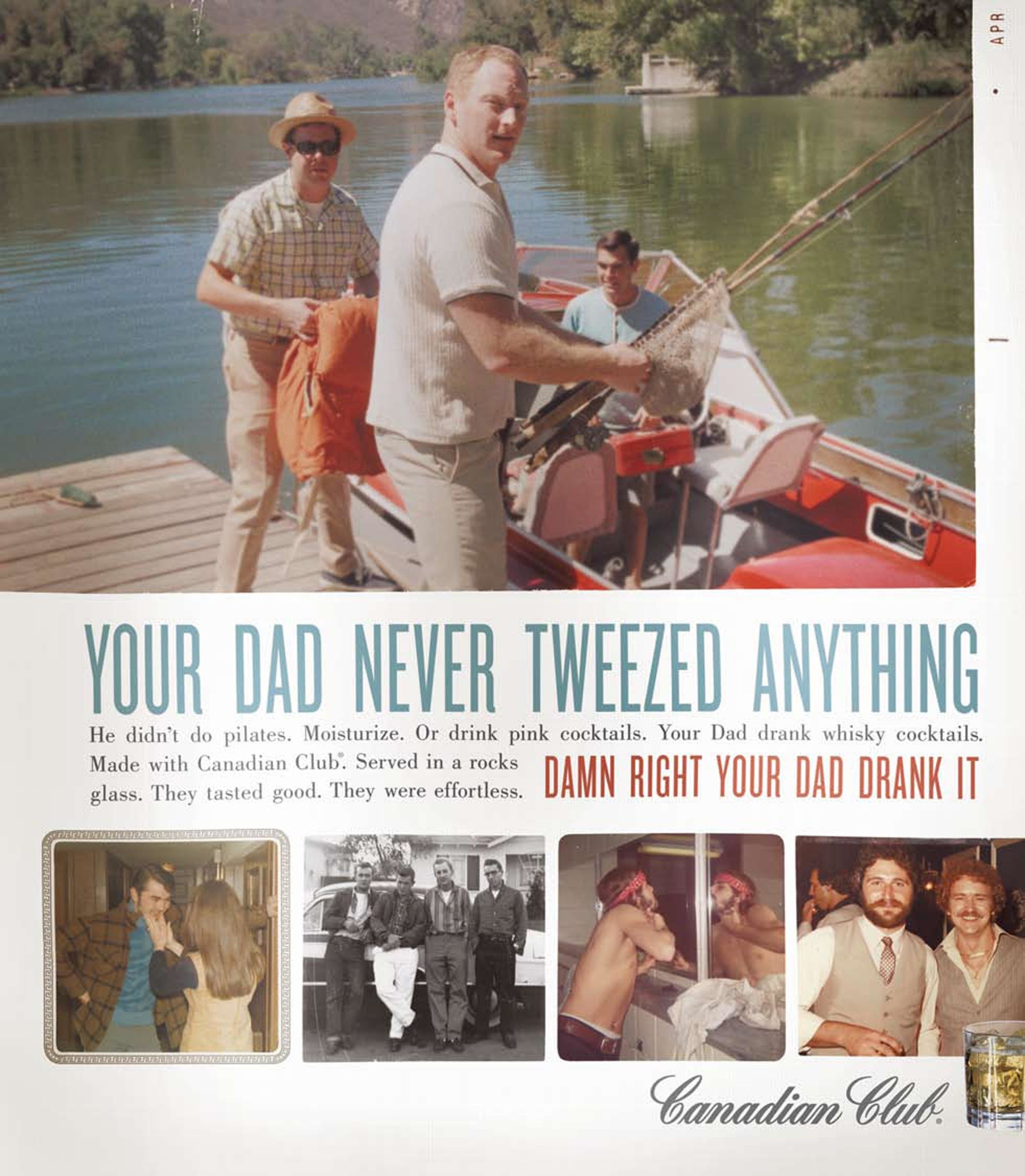Health and Wellness > Health Awareness & Advocacy
NATIONAL SAFETY COUNCIL "PRESCRIBED TO DEATH"
ENERGY BBDO, Chicago / NATIONAL SAFETY COUNCIL / 2018
Awards:

Overview
Credits
Overview
Audience
Prescription opioids kill over 22,000 Americans each year, yet they rarely make the news. Prescribed To Death sought to humanize the crisis, to educate Americans about their risk and reduce the number of preventable deaths.
BriefExplanation
BriefWithProjectedOutcomes
This was a public health and education campaign by a non-profit organization. Thus, restrictions in this category do not apply.
CampaignDescription
To humanize the crisis, NSC turned data into faces—engraving the faces of the 22,000 moms, dads, sons, and daughters that die each year from prescription opioid overdoses onto 22,000 pills. These pills formed a powerful installation, a memorial that told stories on an individual level, painted a picture of the lives lost, and put a face to the problem.
A new pill was added to the memorial every 24 minutes, to dramatize another statistic; how often a person dies of a prescription opioid overdose. Visitors could add their own data in person and online by adding their lost loved ones to the memorial.
NSC helped provoke action by sending Warn Me Labels—free insurance card stickers to prompt conversation with medical professionals—to small businesses, large corporations and doctors nationwide.
MediaStrategy
A powerful installation turned data into faces, featuring 22,000 pills, each engraved with the face of someone who died last year from a prescription opioid overdose. Data inspired the memorial but it was also essential in how it was brought to life. The data of real faces was used to develop an algorithm to create the carved pills and it was implemented in the CNC machine that produced the carvings live on site.
Local out of home, digital and social media drove attendance while national media spread the word through news coverage, radio interviews, op-eds, and original video content online. Influencers joined in, sharing the message on social, in blogs, and news opinion pieces.
After bringing people face-to-face with the problem, NSC gave them a way to take action starting with another statistic: 1 out of 3 prescription opioid users don’t even know their medication includes an opioid. A simple insurance card sticker prompted conversation with medical professionals, just one small step toward preventing another 22,000 deaths.
Outcome
This powerful data articulation sparked a national conversation about prescription opioids. The campaign garnered 2,455,606,809+ earned impressions to date, 12,990,351+ video views and a 2,017% increase in shared Facebook impressions.
Through earned PR alone, 15 cities hardest hit by the crisis heard about the memorial and asked to host it. The White House was so moved that they brought it to Washington DC, hosting it on the National Mall. In a divisive political climate, the campaign united both parties, with prominent leaders of both visiting the memorial.
The campaign established NSC as a leader in the fight against prescription opioid overdoses. Conversation about NSC grew by 891% on the days of the memorial and 3663% when the DC memorial was announced.
Most importantly, the campaign inspired a new behavior. With 1,021,000+ Warn Me Labels distributed, Prescribed To Death sparked potentially life-saving conversations with medical professionals nationwide.
Relevancy
Prescribed To Death was a provocative data-driven campaign designed to humanize a statistic, reframe a conversation, and create real change. The physical memorial was at its center, an elaborate data visualization that helped people see themselves in the crisis. The memorial was responsive, travelling to the cities hardest hit by the opioid crisis across the country. Millions of Americans were impacted by the campaign, whether in person or online, and it all started with a single number: 22,000.
Strategy
NSC conducted a national survey and found that while 87% of Americans believe opioid overdoses are a national crisis, they aren’t worried about their own risk for addiction, and they are definitely not concerned about the potential abuse of prescriptions. Overdosing was perceived as a problem for someone else, “addicts,” and something done with illegal street drugs, not prescriptions. This was shocking considering 3 out of 5 of them had prescription opioids in their own homes.
We needed to educate Americans and make them understand that the threat was sitting in their own medicine cabinets, not out on the streets. We needed to humanize the crisis to help people recognize their own vulnerability to opioid addiction. And we needed to activate that moment of recognition, by giving them a simple protective action that would activate a life-saving behavior.
More Entries from Non-profit / Foundation-led Education & Awareness in Health and Wellness
24 items
More Entries from ENERGY BBDO
24 items







